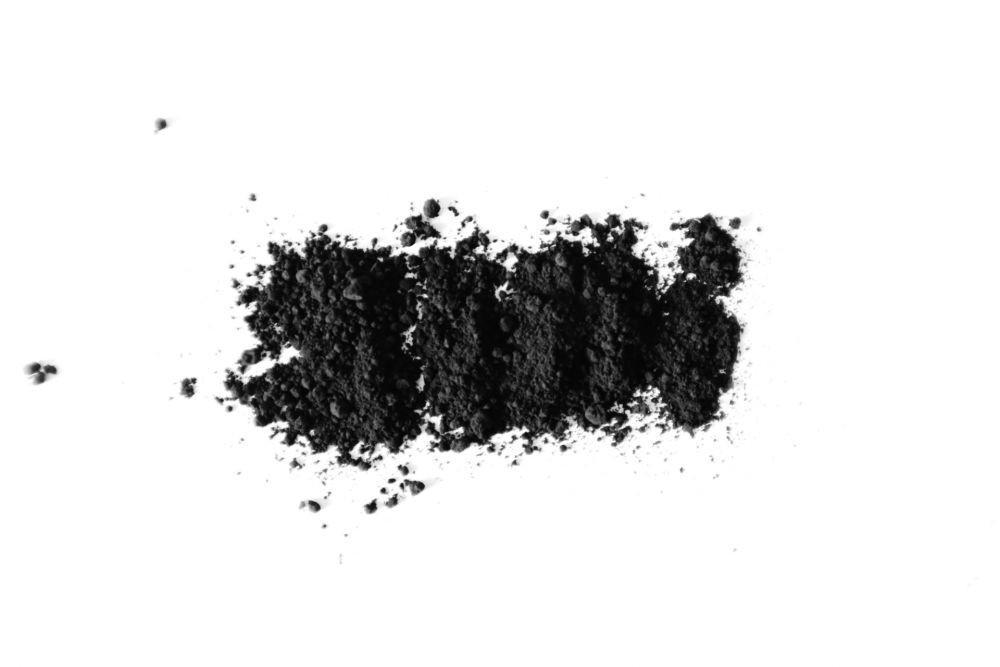Tenaga medis dapat menggunakan arang aktif untuk dekontaminasi saluran pencernaan. Arang aktif mampu mengikat obat-obatan dan bahan kimia seperti carbamazepine, dapsone, theophylline, phenobarbital, dan quinine. Teksturnya yang berpori membantu menyerap zat berbahaya di dalam lambung dan mencegahnya masuk ke aliran darah.
Namun, arang aktif tidak efektif terhadap racun tertentu, seperti alkohol, logam (misalnya litium), elektrolit (seperti magnesium), dan zat korosif. Selain itu, arang aktif yang dijual bebas tidak tersedia dalam dosis yang cukup tinggi untuk penggunaan medis.
Itulah beberapa manfaat arang aktif bagi kesehatan tubuh. Selain memiliki banyak manfaat, arang aktif juga sangat mudah didapat, baik secara online maupun offline. Namun, bila kamu ingin menggunakan arang aktif sebagai pengobatan, ada baiknya berbicara terlebih dahulu dengan dokter untuk mendapatkan saran terbaik.
Musso C et al., “Combination of Oral Activated Charcoal Plus Low Protein Diet as a New Alternative for Handling in the Old End-stage Renal Disease Patients,” January 1, 2010, https://doaj.org/article/e448df61d9704565a737f874276c602f.
Nosratola D. Vaziri et al., “Oral Activated Charcoal Adsorbent (AST-120) Ameliorates Chronic Kidney Disease-Induced Intestinal Epithelial Barrier Disruption,” American Journal of Nephrology 37, no. 6 (January 1, 2013): 518–25, https://doi.org/10.1159/000351171.
Badreldin H. Ali et al., “The Effect of Activated Charcoal on Adenine-induced Chronic Renal Failure in Rats,” Food and Chemical Toxicology 65 (January 10, 2014): 321–28, https://doi.org/10.1016/j.fct.2013.12.038.
"What are the benefits of activated charcoal?" Medical News Today. Diakses Oktober 2025.
Ahmed Abdul Jabar et al., “Effect of Adding a Capsule With Activated Charcoal to Abdominal Ultrasound Preparation on Image Quality,” Journal of Ultrasonography 20, no. 80 (March 31, 2020): e12–17, https://doi.org/10.15557/jou.2020.0003.
Chloé Melchior et al., “Efficacy of Antibiotherapy for Treating Flatus Incontinence Associated With Small Intestinal Bacterial Overgrowth: A Pilot Randomized Trial,” PLoS ONE 12, no. 8 (August 1, 2017): e0180835, https://doi.org/10.1371/journal.pone.0180835.
"Benefits of Activated Charcoal: Uses and What To Know." Health. Diakses Oktober 2025.
"Should You Take Activated Charcoal for a Stomach Bug (or Any Other Reason)?" Cleveland Clinic. Diakses Oktober 2025.
Helen Senderovich and Megan J. Vierhout, “Is There a Role for Charcoal in Palliative Diarrhea Management?,” Current Medical Research and Opinion 34, no. 7 (December 12, 2017): 1253–59, https://doi.org/10.1080/03007995.2017.1416345.
Hiroshi Yamazaki et al., “Effects of the Dietary Supplements, Activated Charcoal and Copper Chlorophyllin, on Urinary Excretion of Trimethylamine in Japanese Trimethylaminuria Patients,” Life Sciences 74, no. 22 (March 20, 2004): 2739–47, https://doi.org/10.1016/j.lfs.2003.10.022.
"What Is Activated Charcoal? Benefits and Uses." Healthline. Diakses September 2025.
Dolores Bibiana Montero Tomás, María Pilar Pecci-Lloret, and Julia Guerrero-Gironés, “Effectiveness and Abrasiveness of Activated Charcoal as a Whitening Agent: A Systematic Review of in Vitro Studies,” Annals of Anatomy - Anatomischer Anzeiger 245 (September 29, 2022): 151998, https://doi.org/10.1016/j.aanat.2022.151998.
Muhsana Sajjad et al., “Cosmetic Uses of Activated Charcoal,” International Journal of Community Medicine and Public Health 8, no. 9 (August 27, 2021): 4572, https://doi.org/10.18203/2394-6040.ijcmph20213569.
Nina Murphy, “Reducing Infection in Chronic Leg Ulcers With an Activated Carbon Cloth Dressing,” British Journal of Nursing 25, no. 12 (June 23, 2016): S38–44, https://doi.org/10.12968/bjon.2016.25.12.s38.
Sebastian Probst et al., “Superabsorbent Charcoal Dressing Versus Silver Foam Dressing in Wound Area Reduction: A Randomised Controlled Trial,” Journal of Wound Care 31, no. 2 (February 2, 2022): 140–46, https://doi.org/10.12968/jowc.2022.31.2.140.
Xuguang Zhang et al., “Acidic Activated Charcoal Prevents Obesity and Insulin Resistance in High-Fat Diet-Fed Mice,” Frontiers in Nutrition 9 (May 12, 2022), https://doi.org/10.3389/fnut.2022.852767.
